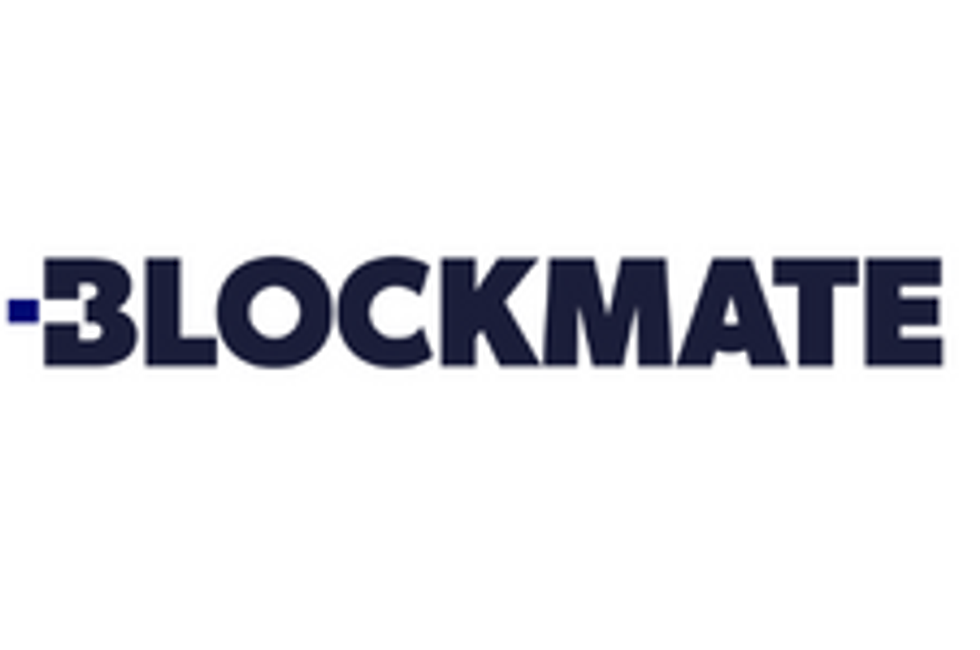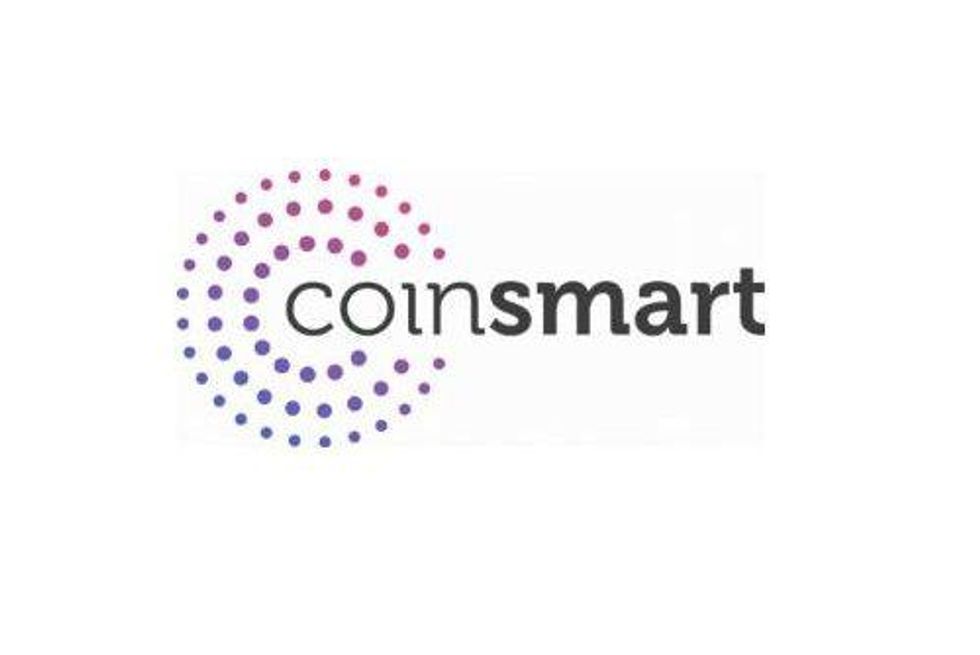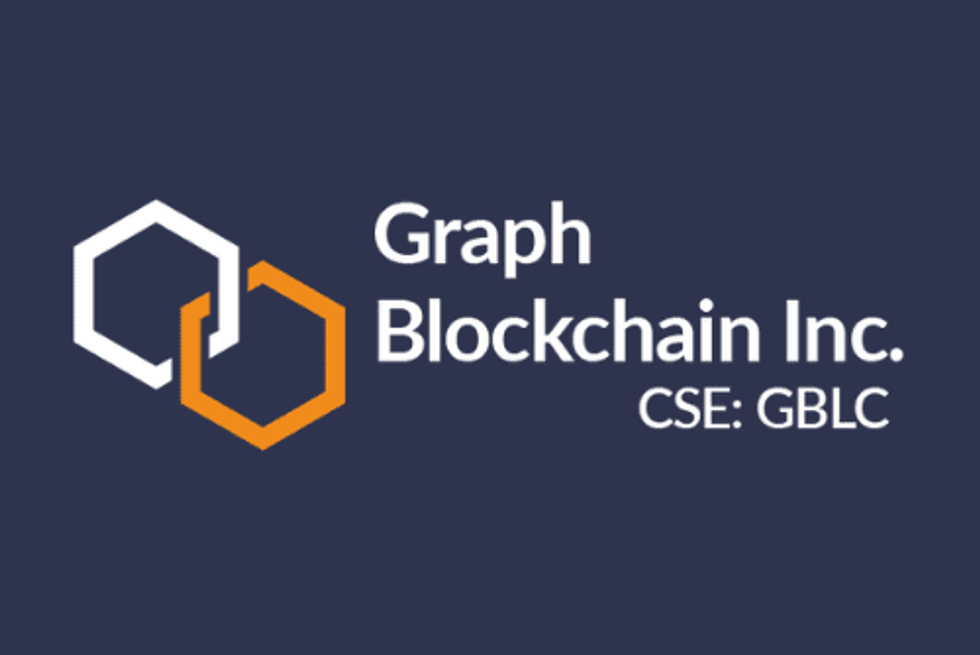
Bitcoin has gained over 200 percent this year, bolstered by regulatory advancements and new entrants to the market.
Bitcoin prices have increased from US$3,759 to US$11,888 year-to-date, a rise of 216 percent.
The second quarter of 2019 brought especially pronounced price gains for bitcoin. The cryptocurrency reached a peak of US$13,796.49 over the quarter, its highest level in over a year.
In the last three months alone, bitcoin has risen over 167 percent. A number of factors are said to have impacted its price rise, including regulatory advancements, new institutional entrants in the space and the Facebook (NASDAQ:FB) Libra announcement.
Since Q1, general sentiment towards bitcoin has shifted into more positive territory due to its rise in price. In addition, growing blockchain use cases and enterprise applications continue to make headlines.
One example of a new blockchain use case is French retailer Carrefour’s (EPA:CA) new program that uses blockchain technology to track produce sold in supermarkets.
“For certain produce, a shopper scans the QR code with their phone and the shopper is informed when the produce was harvested, what farm it came from, how long it took to transport,” Cathy Yoon, blockchain expert and special counsel at Katten Muchin Rosenman, told the Investing News Network (INN). Yoon added that the information also contains ways to prepare the produce.
In a June interview with Reuters, Carrefour attributed the integration of its supply chain blockchain to higher revenues in some products. “We had a positive impact on the chicken versus the non-blockchain chicken,” said Emmanuel Delerm, Carrefour’s blockchain project manager.
In June, the US Food and Drug Administration (FDA) announced that it will run a pilot project on prescription drug supply chains in the US using IBM’s (NYSE:IBM) blockchain platform. The project will include KPMG, Walmart (NYSE:WMT) and Merck (NYSE:MRK).
The project is intended to increase efficiency and security throughout the prescription drug supply chain. “Consumers will be able to see the provenance of a product from the manufacturer all the way to the point of use,” Craig Kennedy, vice president of Merck, told Forbes.
Read on to learn more about some of the major trends and takeaways seen in the blockchain space in the second quarter of 2019, and to find out what could happen for the rest of the year.
Blockchain update: Facebook Libra
On June 18, Facebook released the whitepaper for its stablecoin, Libra. Anticipated to be launched in 2020, its mission is to provide financial inclusion and empowerment to billions of individuals. It will be managed by the Libra Association, a core consortium of 100 investors — including Mastercard (NYSE:MA), Lyft (NASDAQ:LYFT) and eBay (NASDAQ:EBAY).
The announcement was perhaps one of the most significant for the blockchain sector during the quarter.
“In general, I think it shows the ability for an enterprise to adopt something and really gain credence and gain an edge,” David Martin, chief investment officer of BlockForce Capital, told INN.
The project is not without its limitations. Facebook announced in the whitepaper that it will be starting as a closed, permissioned blockchain, with a long-term goal of being open source. “The idea here is that something that is closed off and permissioned is a lot easier to control and requires less work than a public blockchain like bitcoin,” Yoon said.
Visa (NYSE:V), for example, processes over 65,000 transactions per second. By comparison, bitcoin can process seven transactions per second and ethereum can process 15 per second. The Libra coin will face similar challenges to meet transactional demand.
Blockchain update: Bitcoin futures
New entrants and a surge in bitcoin futures trading in the market were other factors that helped to drive bitcoin prices higher. Bitcoin futures are a way for investors to speculate on the future price of bitcoin through the use of contracts.
“On April 1, there was a large US$100 million buy order for bitcoin and it popped the market 15 percent, and the market has not looked back since then,” said Martin. According to Reuters, an anonymous buyer made that buy order, and it boosted bitcoin prices to five month highs.
Institutional interest in bitcoin is also having an impact on both bitcoin futures and exchange volume, Martin noted. The Chicago Mercantile Exchange (CME) and the Chicago Board Options Exchange (CBOE) operate bitcoin futures, and the number of open contracts, as well as bitcoin futures volume, has increased significantly in the past few months.
In June, the CME reached a record 6,069 open interest contracts for bitcoin futures. This is the number of unsettled derivatives contracts currently on the exchange.
“This rally is a testament to the strength of bitcoin in general, and I think it’s because institutions are entering into the space and are buying bitcoin,” said Martin.
Martin added that in late June, the world’s most liquid cryptocurrency exchange, Binance, was 3 percent shy of trading volume levels seen during the bitcoin frenzy of 2017. It was also trading at nearly half the price it was at in December 2017, when it was near US$20,000.
Blockchain update: Regulation
Advances were also made within the regulatory arena for blockchain in Q2. In May, the US Securities and Exchange Commission (SEC) held a summit in Washington, DC, enlisting blockchain experts to discuss the industry. During the one day event, SEC Director of Corporate Finance Bill Hinman reiterated that a token can trade and operate while not being classified as a security.
The SEC further added that it is looking to work more closely with blockchain developers and to recognize the value of blockchain’s potential. “We want to encourage beneficial innovation,” said Valerie Szczepanik, head of the SEC’s FinHub, at the summit.
Regulation still remains slow and cautious. “While the SEC’s fintech forum seemed to still focus on the potential of blockchain, I think it signaled that, while they may not be able to provide the clarity that the market wants, they are very busy learning about this space,” said Yoon. “And they actually understand a lot more than people give them credit for.”
In addition, the Commodity Futures Trading Commission (CFTC) has taken action before the Senate over the last quarter regarding cryptocurrency regulation, as well as approvals and charges.
“The CFTC has issued guidance explaining and interpreting how its existing statutory regime applies to these assets and when, in particular, certain actors and activities may trigger interme
“You have a lot of pronouncements and staff activity at those agencies, where they’re meeting with market participants and talking to them about innovation in the area, making sure that they’re smart on what market participants are doing with these assets and in this space.”
In June, the CFTC approved LedgerX to settle bitcoin futures in bitcoin as opposed to cash. Diar, a research firm, released a report that shows record trading volumes for stablecoins in 2019, with volumes surpassing US$1.3 trillion. The CBOE put a halt to its bitcoin futures trading activities.
Kennedy also noted that enforcement actions have been taken against market participants who have violated existing laws. For example, in June, the CFTC charged Control-Finance for illegal bitcoin trading activity after the company asked clients to transfer bitcoin to it. Control-Finance, a bitcoin trading company, was charged for misappropriating US$147 million in bitcoin, impacting over 1,000 customers.
While there is no comprehensive statutory regime at the federal level for crypto assets, a few states are making strides in developing comprehensive regulation like New York has. Kennedy said, “New York is one of the leading jurisdictions issuing or adopting regulations that apply specifically to crypto asset-related activities.”
Wyoming is another state that is proactively building blockchain regulatory frameworks. In June, House Bill 74 came into effect, allowing for new financial institutions to service blockchain and cryptocurrency businesses.
Blockchain update: Beyond Q2 2019
As blockchain gains momentum, the question of when blockchain will achieve mass adoption comes into question. “I still think that we’re still a bit far away from adoption,” said Yoon, while noting that significant developments continue to shape the supply chain industry, among others. Current challenges such as crypto asset transaction speed are driving companies to improve speed and efficiencies.
In addition, there is a surfeit of cryptocurrencies on the market, with 2,320 cryptocurrencies currently listed on CoinMarketCap. Focusing on the utility of these coins may attract greater importance in the future, Sean Ryan, co-founder of Node40, told INN. Node40 is a crypto asset tax services company that helps clients create an irrefutable audit trail for tax reporting.
“Once we have identified the coins that have real utility to us as a society, I think you are going to see a lot of dropoff,” Ryan told INN. ”The value, I do believe, is going to increase simply because of the supply and demand.” He added that there is no need for 1,600 cryptocurrencies.
The regulatory gray zone is also impacting whether institutional investors enter into the cryptocurrency space, noted Martin. “It’s going to continue to take time. A lot of large institutions that we talk to are waiting for more guidelines and regulation before they would invest in something like (BlockForce Capital’s) cryptocurrency hedge fund.”
Kennedy anticipates that both state and federal regulators will remain in dialogue with market participants.
“I think over the next couple of years, you’ll see more pronouncements by federal market regulators as to when their regulatory regimes apply,” said Kennedy. “And you’ll also continue to see regulators going after bad actors, or alleged bad actors for violations of their respective regulatory regimes.”
In addition to regulatory advancements, the Internal Revenue Service is anticipated to release an updated tax policy on bitcoin. “For the industry as a whole, I would say, this is going to be good because cryptocurrencies cannot gain that kind of mainstream acceptance unless there is some faith in the industry from regulators,” said Ryan.
Blockchain update: Investor takeaway
The case for integrating blockchain technology into businesses is gaining momentum among retail, accredited and institutional investors. It has also gained traction in the exchange-traded fund (ETF) space.
“Over time, our value proposition would be that we think that companies that are embracing blockchain will have a distinct business advantage over companies that aren’t embracing blockchain,” Christian Magoon, CEO of Amplify ETFs, told INN.
Magoon runs the first actively managed blockchain ETF, the Amplify Transformational Data Sharing ETF (ARCA:BLOK), a net value of over US$108 million. The ETF has gained over 23 percent year-to-date.
Magoon said “pure” bitcoin-sensitive companies are among his top performing holdings in 2019 so far. “One of the better performing companies that we’ve had is a Canadian company called Galaxy Digital Holdings (TSXV:GLXY), which Mike Novogratz is CEO of,” said Magoon.
“They’re in our top 10 holdings, and they’re involved in all types of initiatives regarding blockchain, such as funding companies, investing in different types of technologies, acting as an investment bank for blockchain and cryptocurrency type initiatives.”
Shares of Galaxy Digital Holdings have gained over 51 percent so far 2019.
The Amplify ETF invests in a spectrum of other blockchain-related companies. These include semiconductor companies that develop chips that are used for mining blockchain, companies that offer blockchain-as-a-service and companies such as Facebook, IBM and Goldman Sachs (NYSE:GS), which have invested heavily into this space. For example, Citigroup (NYSE:C) is the second largest investor in privately traded blockchain companies in the world, Magoon added.
Among other blockchain holdings in the Amplify ETF are Overstock (NASDAQ:OSTK) and Digital Garage (TYO:4819), which has risen over 45 percent this year.
Don’t forget to follow us @INN_Technology for real-time news updates!
Securities Disclosure: I, Dorothy Neufeld, hold no direct investment interest in any company mentioned in this article.
Editorial Disclosure: The Investing News Network does not guarantee the accuracy or thoroughness of the information reported in the interviews it conducts. The opinions expressed in these interviews do not reflect the opinions of the Investing News Network and do not constitute investment advice. All readers are encouraged to perform their own due diligence.




